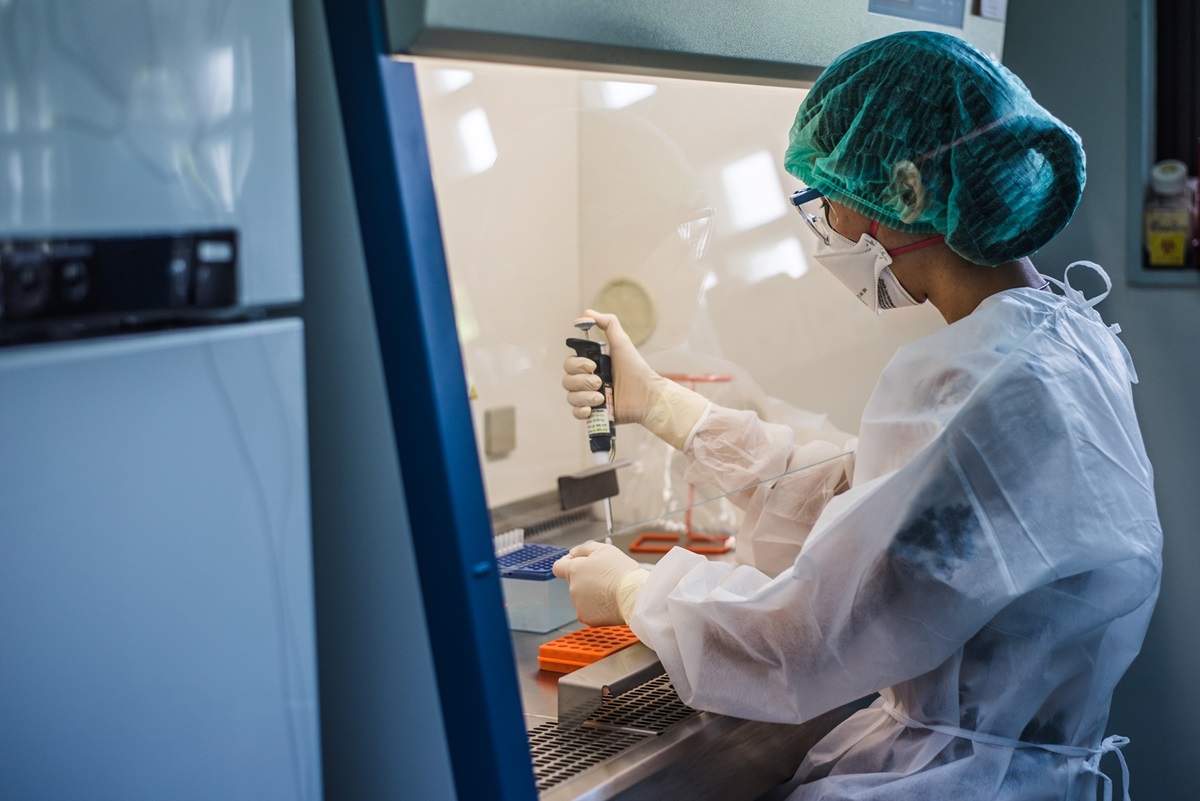The Health Department’s COVID-19 Response Strategy in Saudi Arabia became one of the strongest examples of pandemic management in the Middle East. As the virus spread across the globe, Saudi Arabia took early, decisive, and tech-driven steps to protect its citizens and residents.
From digital contact tracing to nationwide vaccination drives, the country’s health department implemented a response strategy that reduced death rates, controlled the virus’s spread, and preserved national stability. This article breaks down the most critical lessons and actions taken, offering insights that other nations could adopt in future global health emergencies.
Rapid Activation of Health Emergency Plans

The Health Department’s COVID-19 Response Strategy in Saudi Arabia began with the immediate activation of its emergency health protocols. Within days of the virus being declared a global threat, Saudi Arabia suspended flights, closed public places, and prepared hospitals for surging cases.
Early lockdowns were not easy decisions, but they helped reduce transmission dramatically. The public health teams also worked around the clock to train staff, allocate resources, and set up testing centers across the kingdom.
Digital Innovation Through the “Tawakkalna” App
One of the most important tools in the Health Department’s COVID-19 Response Strategy in Saudi Arabia was the development of the Tawakkalna mobile application. This app allowed for digital permits during curfews, real-time updates on infection risks, and digital vaccination certificates.
This move helped centralize all COVID-19-related data and enabled quick decision-making. The app also assisted citizens in identifying nearby health centers and booking vaccine appointments, making healthcare more accessible during the crisis.
Clear and Transparent Communication with the Public
Transparency played a key role in the success of the Health Department’s COVID-19 Response Strategy in Saudi Arabia. The government held daily press conferences to update the public on case numbers, safety guidelines, and medical developments.
This consistent and clear communication reduced public panic, increased trust in government actions, and encouraged mass cooperation with safety protocols like mask-wearing and social distancing.
Nationwide Testing and Isolation Strategy
Saudi Arabia invested heavily in widespread testing as part of its health strategy. Free PCR testing centers were opened across cities, with mobile clinics reaching even remote desert areas.
When individuals tested positive, isolation protocols were strictly followed. The health department established quarantine hotels and isolation units in hospitals to prevent further outbreaks. This strategy contributed to early detection and reduced hospitalization rates.
Vaccination Rollout with Global Collaboration
Another major highlight of the Health Department’s COVID-19 Response Strategy in Saudi Arabia was its effective vaccination campaign. Partnering with international pharmaceutical companies, Saudi Arabia secured millions of vaccine doses early on.
The kingdom prioritized elderly citizens, frontline workers, and high-risk individuals in the first phase. By 2022, the country had vaccinated a significant majority of its population. Mobile vaccination units were also deployed to rural areas to ensure no one was left behind.
Protecting Pilgrims and Religious Sites
Saudi Arabia is home to Islam’s holiest sites, including Mecca and Medina. Millions of pilgrims visit these sites annually, especially during Hajj and Umrah seasons. The health department introduced strict rules to protect pilgrims.
In 2020, the kingdom took the bold step of limiting Hajj participation to only 1,000 local residents. Over time, with better control and planning, the number gradually increased, while health safety remained the top priority. Measures included thermal screening, contactless services, and sanitization zones.
Collaboration Across Ministries and Sectors
The Health Department’s COVID-19 Response Strategy in Saudi Arabia involved multiple sectors. The Ministry of Health worked closely with the Ministry of Interior, Education, and Technology to implement unified protocols.
Schools shifted to online learning, mosques adjusted prayer rules, and companies adopted remote working models. The combined efforts of various departments ensured minimal disruptions to essential services.
Challenges Faced and Overcome

Although the strategy was largely successful, Saudi Arabia faced several challenges, including public resistance to early vaccines, misinformation on social media, and the logistics of reaching remote populations.
However, through community engagement, religious leader involvement, and mobile units, the health department overcame these challenges. Misinformation was actively countered through official social media channels and fact-checking programs.
Long-Term Impact and Lessons for the Future
The Health Department’s COVID-19 Response Strategy in Saudi Arabia has left a lasting impact on the nation’s healthcare system. The crisis pushed forward digitization, improved national health awareness, and led to increased investment in medical research and hospital infrastructure.
The strategy has now been documented and used as a reference by health experts globally, especially in the Gulf Cooperation Council (GCC) region.
Conclusion
The Health Department’s COVID-19 Response Strategy in Saudi Arabia is a prime example of how decisive leadership, digital tools, public trust, and inter-ministerial collaboration can save lives in a global pandemic. Saudi Arabia’s quick and structured response not only protected its own citizens but also served as a model for countries looking to strengthen their pandemic preparedness for the future.
Let me know if you want a version optimized for WordPress or an Arabic translation.Tools
Also Read – Saudi Arabia’s Health Department Invests in AI for Patient Management



